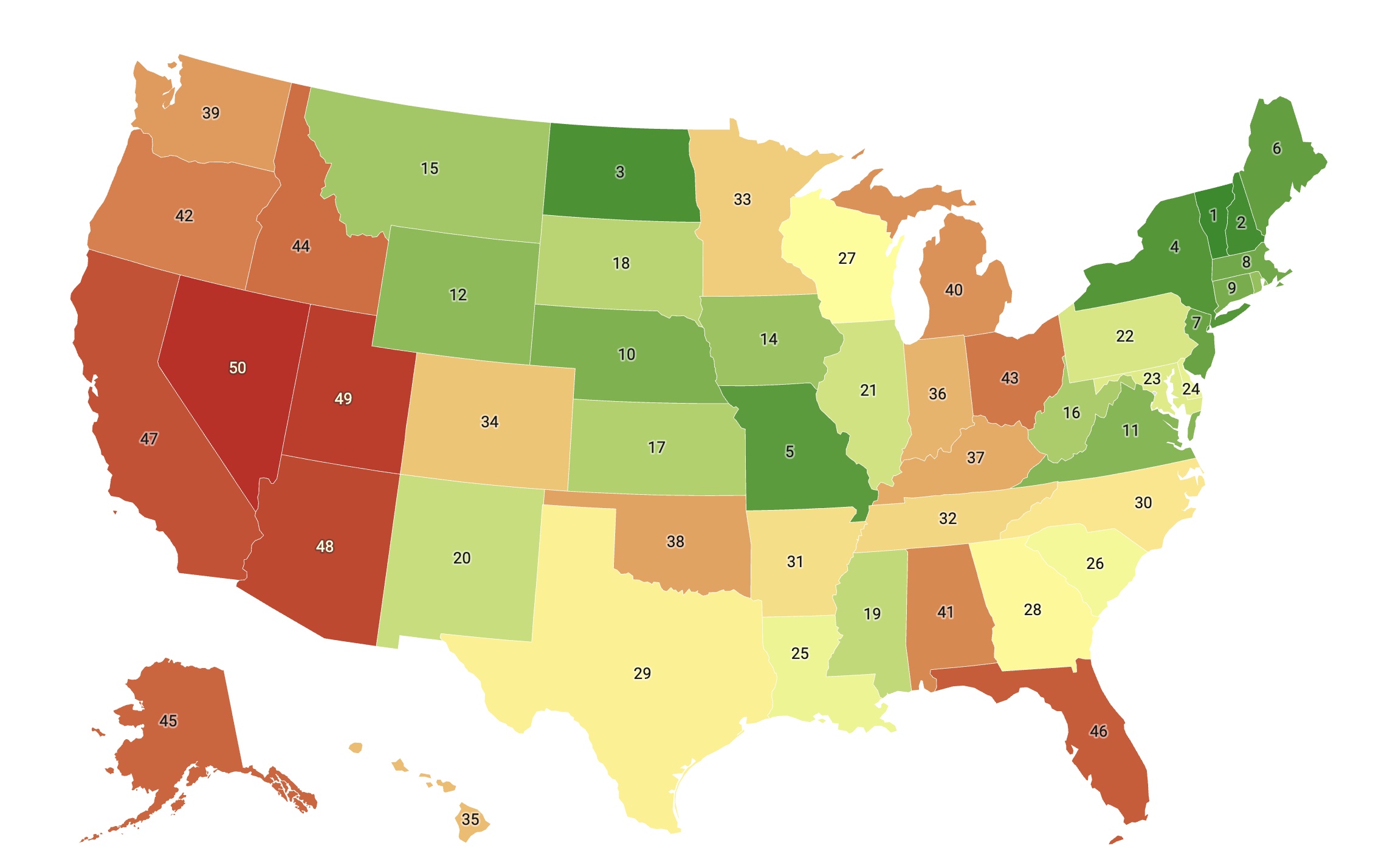There are few superintendents who aren’t losing sleep over staffing their classrooms with enough teachers, and now there’s a clearer picture of how shortages are stretching student-teacher ratios across the country.
One analysis conducted at the end of the last school year suggested that district reports and other research were misleading and had understated “the actual effects of teacher turnover on schools and students by overlooking the impact of teachers transferring to other schools within their district.” That analysis found nearly 30% of teachers had left their school during the 2021-22 school year compared to 24% before the pandemic.
Administrators wanting to know who is hiring teachers away from their classrooms can look no further than the FBI. Over the last year, several FBI field offices have posted job openings on LinkedIn for a special agent with an education and teaching background.
More from DA: 6 more superintendents depart in start of school year shakeups
Nearly half of all public schools reported having full- or part-time teacher vacancies as of the middle of the 2021-22 school year. About one-third of teachers said they planned to leave the profession in the next three years while another third said they were considering it.
Of those who were thinking about stepping away, about 40% said they would retire while about 30% intended to find work in the private sector.
Those developments of course are widening student-teacher ratios, which, many leaders know, only puts more pressure on teachers and could lead to even more departures. And the ratios appear to be growing more rapidly in southern and western states, according to a map produced by Scholaroo, a scholarship-search firm.
Size of student-teacher ratios
Here is the number of teachers per 1,000 students in all 50 states, according to Scholaroo. The list starts with the states where the gaps are the narrowest.
- Vermont: 97.6 teachers per 1,000 students.
- New Hampshire: 96.65
- North Dakota: 90.97
- New York: 88.93
- Missouri: 87
- Maine: 86.48
- New Jersey: 85.96
- Massachusetts: 83.89
- Connecticut: 82.31
- Nebraska: 82.28
- Virginia: 81.71
- Wyoming: 78.3
- Rhode Island: 77.75
- Iowa: 74.7
- Montana: 74.01
- West Virginia: 73.65
- Kansas: 73.38
- South Dakota: 73.04
- Mississippi: 72.85
- New Mexico: 72.41
- Illinois: 71.94
- Pennsylvania: 71.67
- Maryland: 71.37
- Delaware: 71.05
- Lousiana: 70.85
- South Carolina: 68.7
- Wisconsin: 68.486
- Georgia: 68.31
- Texas: 68.13
- North Carolina: 67.94
- Arkansas: 66.2
- Tennessee: 65.71
- Minnesota: 65.2
- Colorado: 64.72
- Hawaii: 63.51
- Indiana: 61.91
- Kentucky: 61.83
- Oklahoma: 60.9
- Washington: 60.4
- Michigan: 59.72
- Alabama: 58.75
- Oregon: 57.23
- Ohio: 56.59
- Idaho: 56.35
- Alaska: 54.78
- Florida: 50.34
- California: 45.97
- Arizona: 44.61
- Utah: 44.22
- Nevada: 43.65










